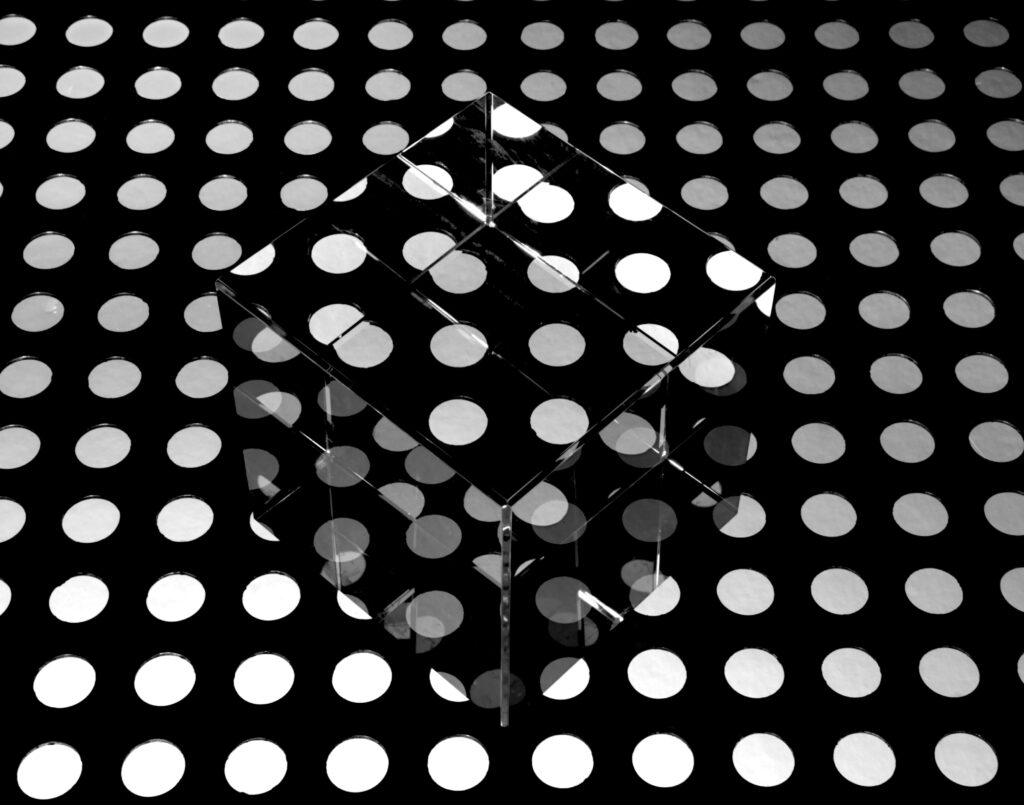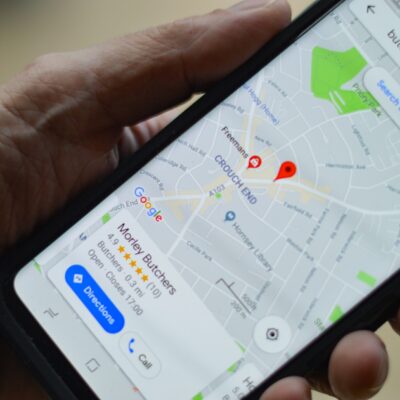The classical way to snooze an alarm was to locate it, grab it, set it again for 15 minutes later, and go back to sleep.
It has not been mentioned explicitly in UI/UX books, but I’d dare say that if a user has to precisely set a dial in a half-conscious state – it’s not a good user experience. Another problem is that by doing so the users may be setting themselves up – lest they forget to set it back to 8:00 – for waking up late and cursing the next morning.
When the snooze button was invented shortly after the second world war, it essentially automated this little ‘delaying-the-alarm-and-setting-it-back’ routine for you.
Another example: do you know what used to happen after a YouTube video finished playing before 2015?
Nothing, really. It just stopped playing and the UI waited for some action from your side. What do you think the next action of a typical user would be?
Clicking on one of the suggested videos, of course. YouTube noticed this too. So, in 2015, they automated this little step by adding the Autoplay feature.
Whether this was a feature people needed or deserved is not the subject of debate in this post, but it certainly increased the time people spent on YouTube.
If you don’t yet see a pattern here, you’d certainly see it now: think about that invisible feature in your car which resets the turn indicator as soon as you have finished taking the turn.
The common denominator is this: these are all little innovations. Useful. Sensible. Based on the fact that by basing a system around the sequence in which people do things, it can be made more useful.
And yet – YouTube was around for 10 years, alarm clocks for about a hundred years, and cars for about half a century before these enhancements were thought of and implemented.
Why did it take so much time if these are simple ideas?

Two reasons.
First is that even if these features make complete sense, they are not at all obvious. Imagine an alarm close in the pre-snooze era – most people would think that resetting the alarm is already the simplest possible solution to get another few minutes of sleep. A separate button for this doesn’t naturally come into the picture.
Second problem is that even when people do come up with such ideas, they often undermine their utility by focusing on the limitations of the idea that are so easy to come up with if you are thinking critically:
“It wouldn’t work on a round-about. What if I am only changing lanes?”
“What if the next video that plays isn’t the one I wanted to watch?”
“Don’t different people delay the alarm for different intervals? A button doesn’t give that flexibility.”
The truth, however, is this: these edge-cases don’t matter much in real life. Once these solutions are implemented, users simply ignore the 10% of times they don’t work and are happy for the 90% times they do work.
So the good news is that many of these innovation opportunities are always up for grabs due to the fact that they are still unidentified, or just ignored by everybody else.
So how can you train your eyes to see these unrealized innovation opportunities?
Denis Hauptly, in his book, Something Really New, describes a way to do this::
- Observe people doing a particular task, say X.
- Observe what they do right after they do X. Let’s say a majority of them go on to do task ‘Y’.
- Now ask this question: how can Y be triggered, automated, or at least facilitated, once X is done?
Armed with this methodology, do you think you could have thought of the following similar innovations?
- You pull your phone out of your pocket. It lights up the screen by sensing the movement to show you time/notifications.
- Before you close a file you were editing, the program asks you whether you want to save the changes before exiting.
- When you checkout from an online store, an email receipt is sent to your inbox.
- The elevator door opens automatically once it stops (believe it or not, I have been in a building whose (old) elevator did not do it).
To see for yourself how innovative you can be with the right framework in mind, do this exercise: mentally go over all the tasks you do when making tea – then think of which of them can be linked together to smoothen out the procedure. You’d be surprised by the uniqueness and number of ideas you will generate!
Do you like coming up with unique and innovative ideas? If yes, then you should definitely subscribe to our newsletter.
Cover Photo by Artem Maltsev on Unsplash


